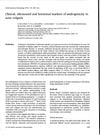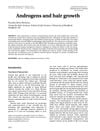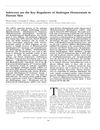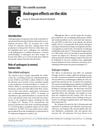Human Androgenic Steroids Affect Growth of Dermatophytes In Vitro
September 1996
in “
Mycoses
”
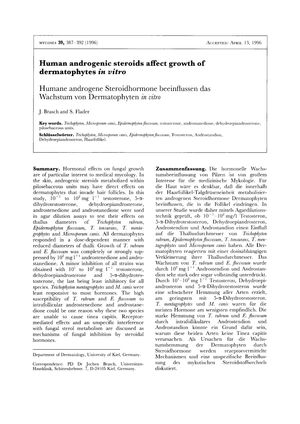
TLDR Androgenic steroids can slow down or stop the growth of certain skin fungi.
In the 1996 study, the effects of androgenic steroids on the growth of dermatophytes were investigated using agar dilution assays. Concentrations ranging from 10^-1 to 10^2 mg/L of testosterone, 5-α-dihydrotestosterone, dehydroepiandrosterone, androstenedione, and androstanedione were tested against Trichophyton rubrum, Epidermophyton floccosum, T. tonsurans, T. mentagrophytes, and Microsporum canis. The results showed that all dermatophytes exhibited a dose-dependent reduction in thallus diameters. T. rubrum and E. floccosum were particularly sensitive, with their growth being completely or strongly suppressed by 10^2 mg/L of androstenedione and androstanedione. Testosterone, dehydroepiandrosterone, and 5-α-dihydrotestosterone caused minor inhibition at 10^1 to 10^2 mg/L, with the latter being the least inhibitory. T. mentagrophytes and M. canis were the least responsive to the hormones. The study suggested that the high susceptibility of T. rubrum and E. floccosum to androstenedione and androstanedione might explain why these species do not cause tinea capitis. The mechanisms of fungal inhibition by steroidal hormones were proposed to be receptor-mediated effects or an unspecific interference with fungal sterol metabolism.
